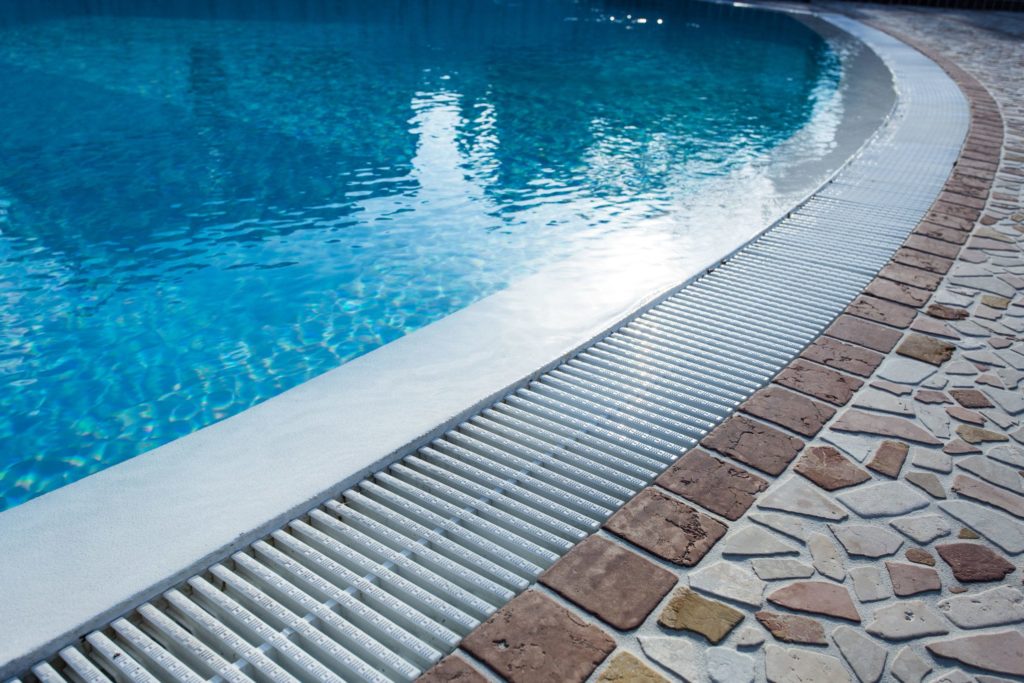Active oxygen is far from the best known among water treatment products, although it is widely used in North America. It does present significant advantages indeed, provided it is used under suitable conditions. Features, instructions for use, and precautions for use, here is everything you need to know about active oxygen.
Principle And Operation Of Active Oxygen
Active oxygen, or hydrogen peroxide, is an oxidant: it destroys organic matter contained in water. As a result, it has a disinfectant action by eliminating micro-organisms (bacteria, viruses, etc.) and an algicidal action because it destroys the nutrients the algae feed. Active oxygen for swimming pools is generally available in liquid or granular form.
One of the significant advantages of active oxygen is that it does not generate any by-product by degrading water (unlike chlorine or bromine, for example). As a result, it does not emit any odor or fume likely to irritate the skin or the eyes or degrade the swimming pool’s coating and equipment. This is why it is often referred to as an “ecological disinfectant.”
On the other hand, active oxygen has the drawback of having a low remanence, which means its disinfectant action is short-lived. For this reason, it will preferably be used in small volume basins or in addition to other treatment products. However, some manufacturers offer products that combine active oxygen with an activator, which prolongs the disinfecting effect and allows it to be used in large volumes of water.
Active Oxygen: When To Use It?
For small ponds: Given its specificities, active oxygen is suitable as a single treatment product for small volume ponds (less than 20 m3).
For larger pools: Given its low persistence, excessive amounts of active oxygen should be used for water volumes more significant than 20 m3. On the other hand, it is an excellent product to use in addition to other products, especially since it is compatible with all water treatment processes.
Treatment solutions are based on active oxygen to which other products are added (activator, flocculant, etc.) in the treatment kit. These kits allow active oxygen for large volumes of water and represent an excellent alternative to chlorine treatment.
In shock treatment: Being compatible with all other products, active oxygen represents an excellent solution for carrying out a shock treatment, in particular, if products that are incompatible with chlorine are used.
In automatic treatment: It is quite possible to set up an automatic treatment system based on active oxygen using a metering pump. This device injects active oxygen into the pool daily to constantly maintain the rate necessary for good disinfection. Check for pool sanitizers

